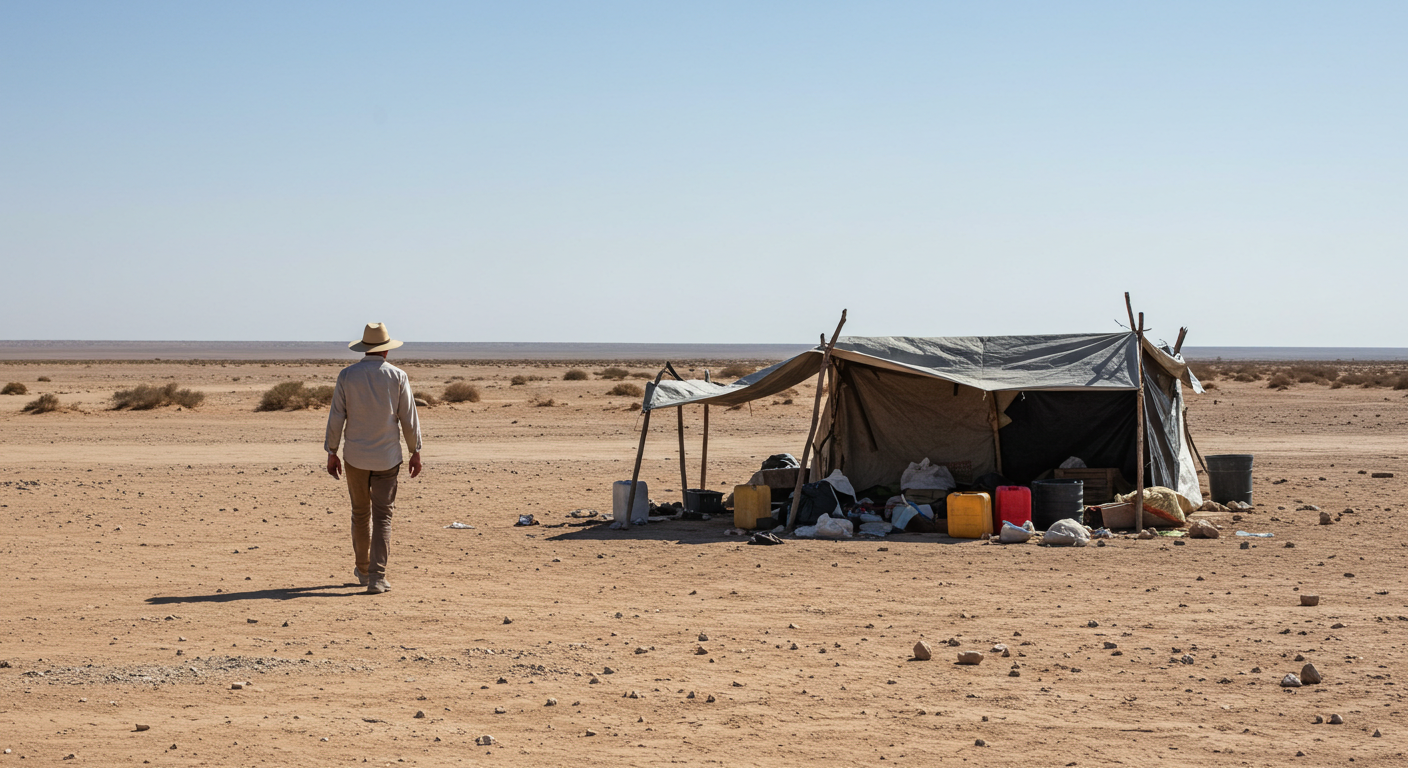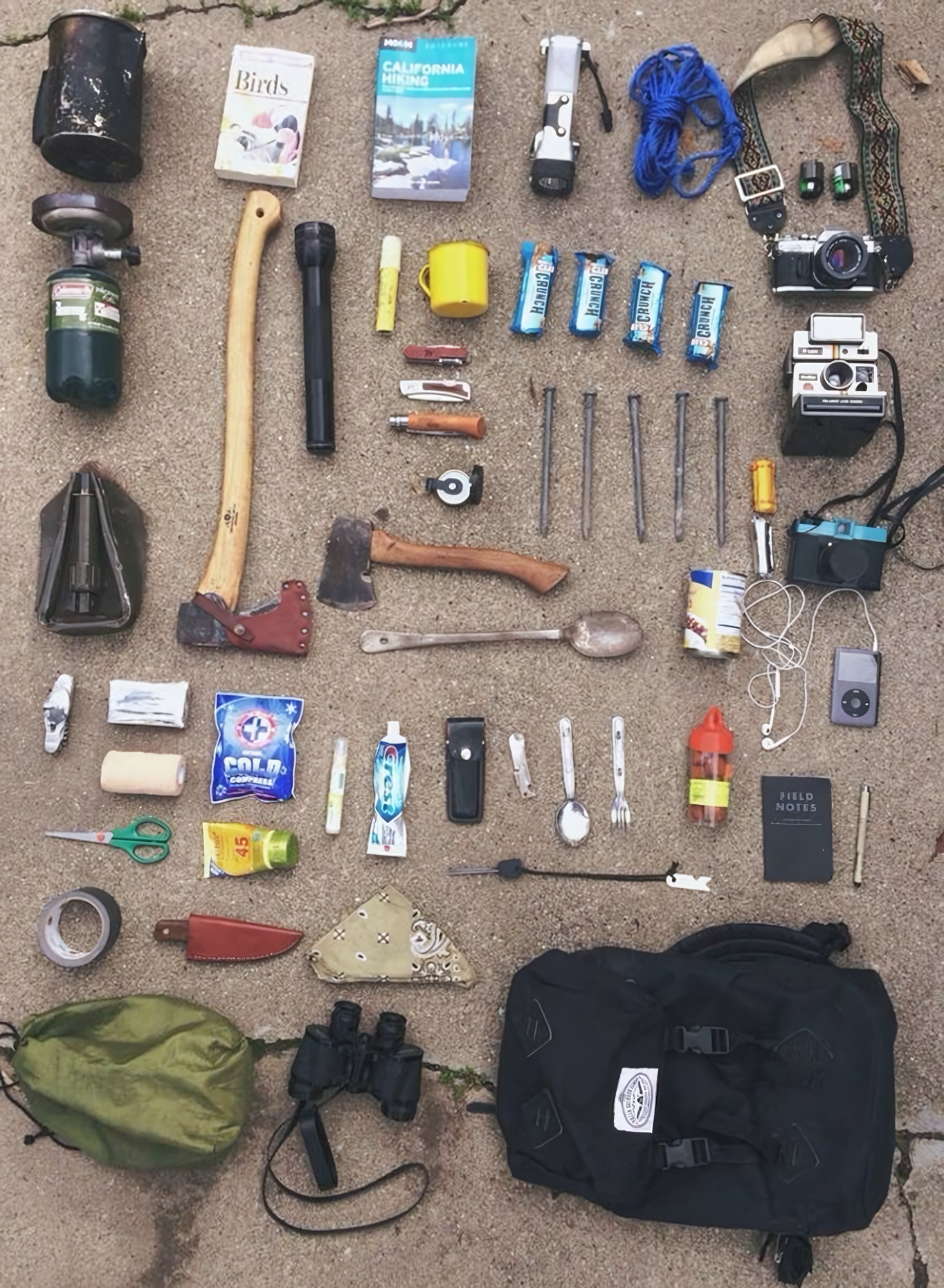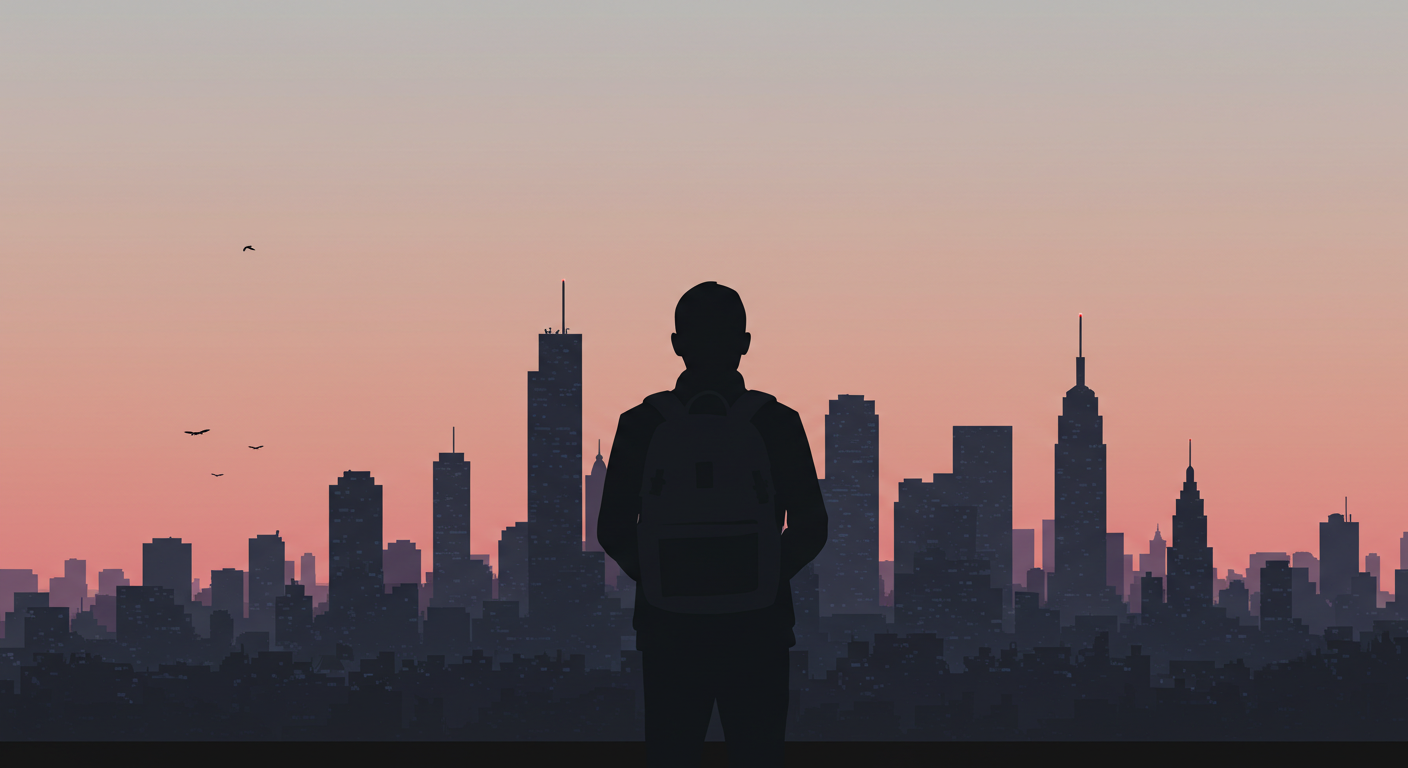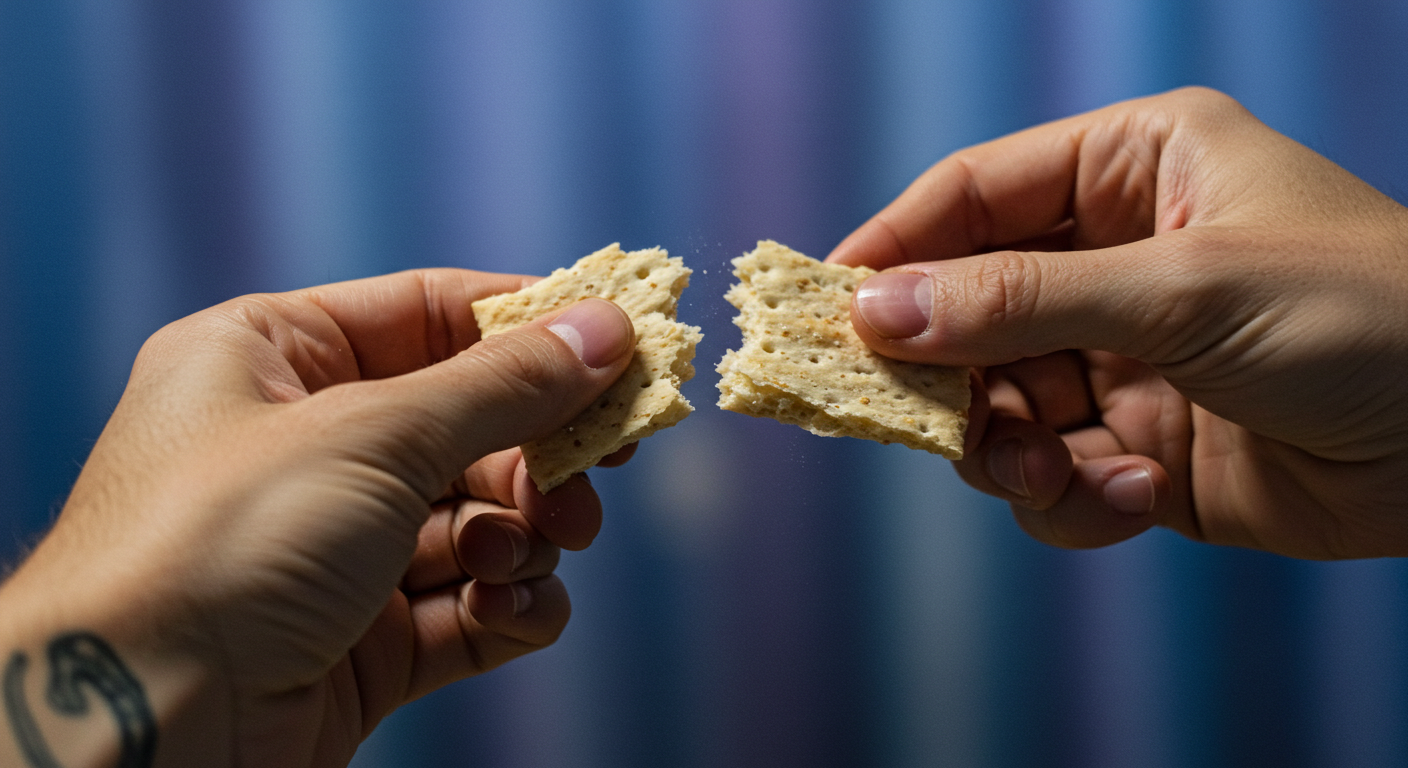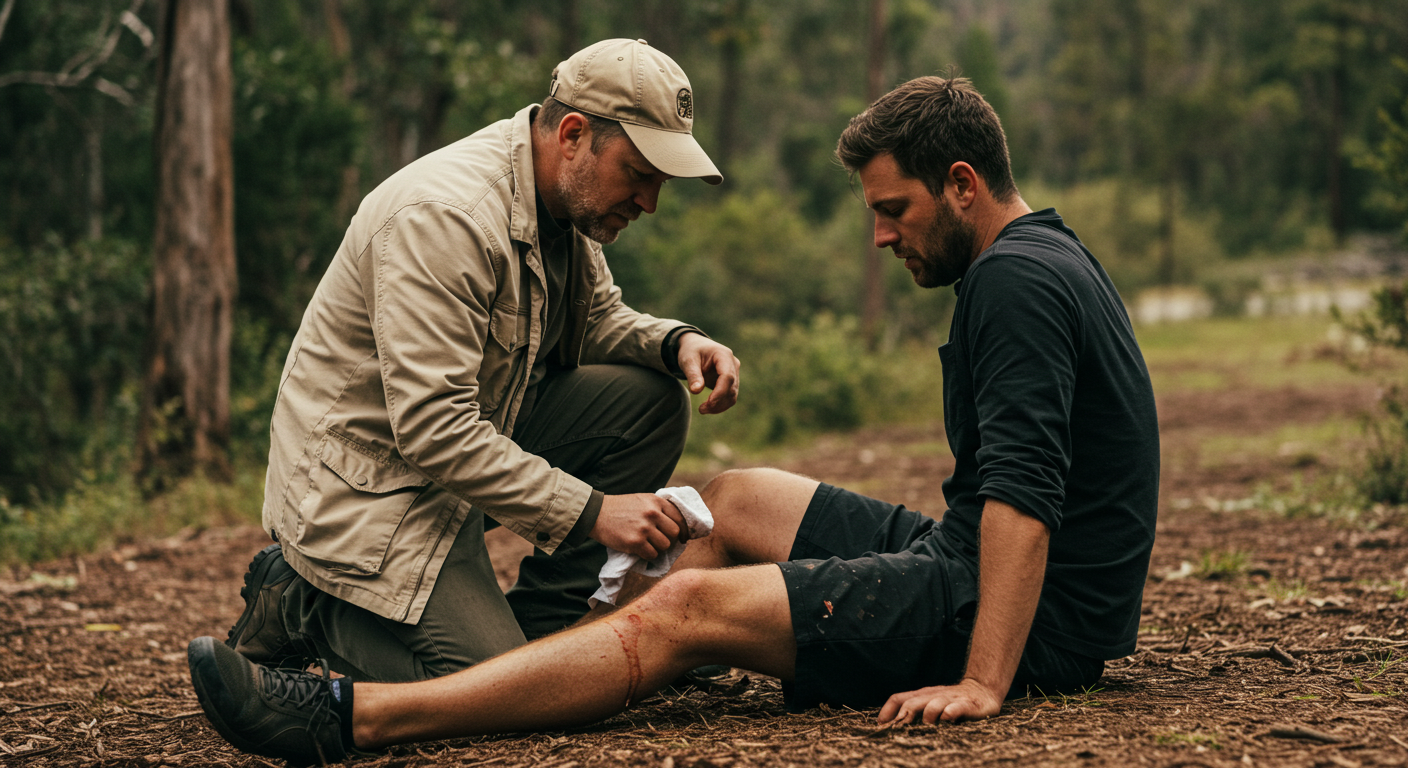When people prepare for a major crisis, they focus on the obvious: food, water, security, and medical supplies. And they should. But there’s a quiet killer they often overlook: the sun.
It may sound ridiculous, but in a world without air conditioning or easy access to supplies, the sun becomes a relentless enemy. Unlike a raider or wild animal, you can’t hide from it forever. If you don’t prepare for it, the sun will grind you down day after day until it breaks you.
The Overlooked Threat: Exposure
In a post-collapse world, you can no longer grab a bottle of SPF 50 from the store or duck inside when it gets too hot. Tasks like gardening, scavenging, patrolling, or hauling water will expose you to raw, unfiltered sunlight. This exposure leads to far more than just a painful sunburn.
- Sunburn: A severe sunburn can cause blisters, infection, and crippling pain, making movement difficult and turning you into a liability.
- Dehydration: Without easy access to bottled water, dehydration will sneak up on you faster than hunger. It impairs both physical and mental function, making you weak and disoriented.
- Heatstroke: This is the most dangerous threat. Heatstroke can kill within hours, and its early signs—fatigue, headaches, and dizziness—are often mistaken for simple exhaustion. In a survival situation, people are tempted to push through these symptoms, which is a deadly mistake.
Essential Gear You’ll Wish You Had
The key to surviving sun exposure isn’t high-tech gadgets; it’s simple, reliable gear. You will wish you had stocked up on:
- Wide-brim hats: Provide essential shade for your face and neck.
- Long-sleeved clothing: Fabrics like cotton or linen can protect your skin from direct sunlight.
- UV-blocking sunglasses: Protect your eyes from long-term damage and help prevent fatigue.
- Tarps or ponchos: These can be used to create makeshift shade shelters for rest or work.
- Electrolytes: Salt tablets or other electrolyte supplements help your body retain water and stay balanced in extreme heat.
These aren’t glamorous items, but they are the difference between being able to function in the heat and being knocked out of the fight. Cultures that live in extreme heat don’t rely on high-tech solutions. They’ve survived for centuries with fabric, shade, and discipline. Stocking the right gear now means you’re not scrambling for fixes later.
Behavior Is Half the Battle
Tools are only half the battle; your behavior will determine your ability to withstand the sun.
- Adjust Your Schedule: In a world without electricity, the sun controls your schedule. You’ll need to work during the cooler hours of dawn and dusk and rest during the most intense heat of midday.
- Hydrate Constantly: Drink water before you feel thirsty. If you’re thirsty, you’re already dehydrated.
- Pace Yourself: Recognize the signs of heat stress in yourself and others. Pushing through it is a path to collapse.
Survival isn’t just about what you pack; it’s about how you adapt. Our ancestors built their homes and work routines around the sun’s rhythm, not against it. A societal collapse will force you to do the same, and the sooner you get comfortable with that reality, the better.
The Takeaway
Post-SHTF survival is about returning to the basics of living in a world that doesn’t care about your comfort. The sun will burn you, dehydrate you, and break you if you forget to respect it. Even the best fighters and planners won’t last long if they’re laid up with blistered skin or heatstroke.
Preparing for the sun isn’t a glamorous topic, but it’s essential. Every extra layer of shade, clothing, and hydration discipline increases your endurance. While others weaken, you’ll keep moving. That’s the edge that turns a survivor into someone who can outlast the chaos.
